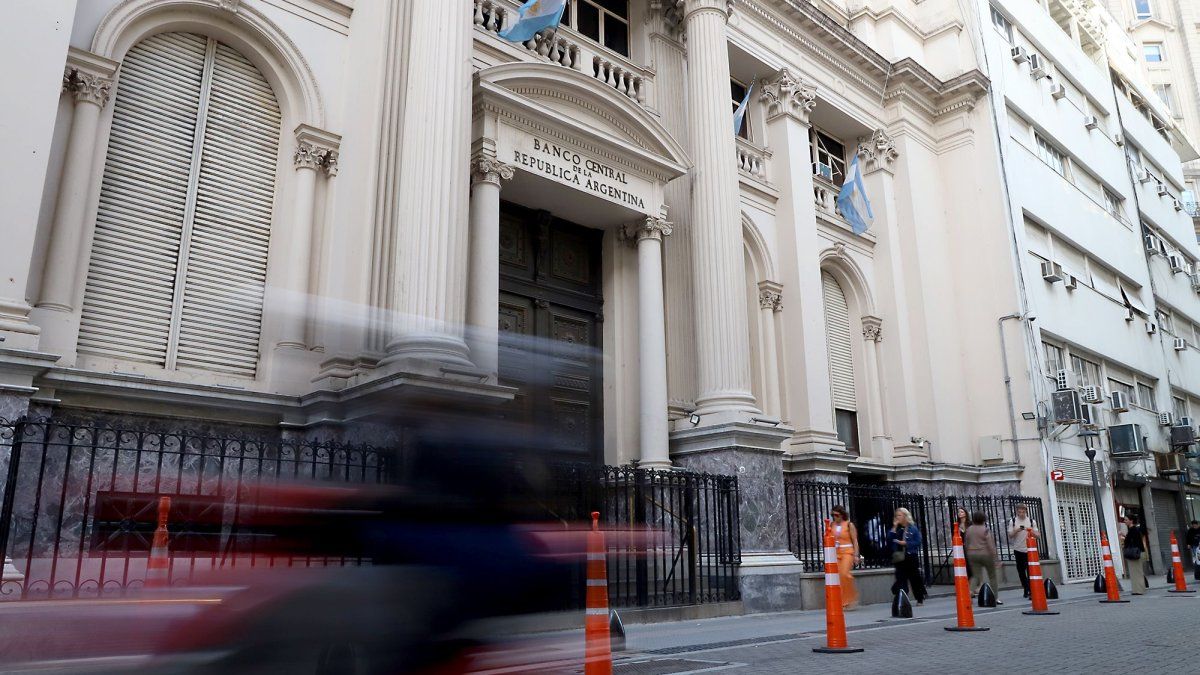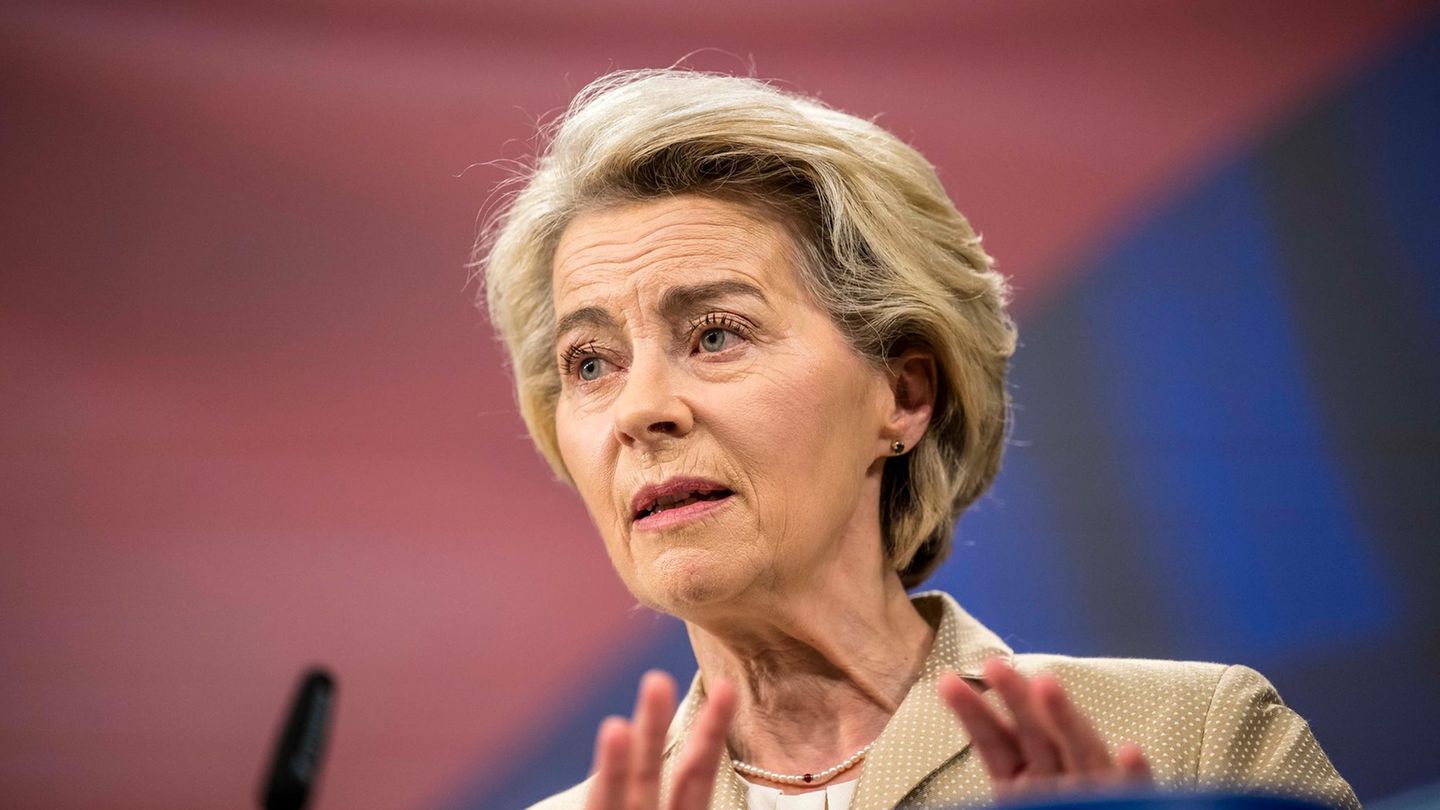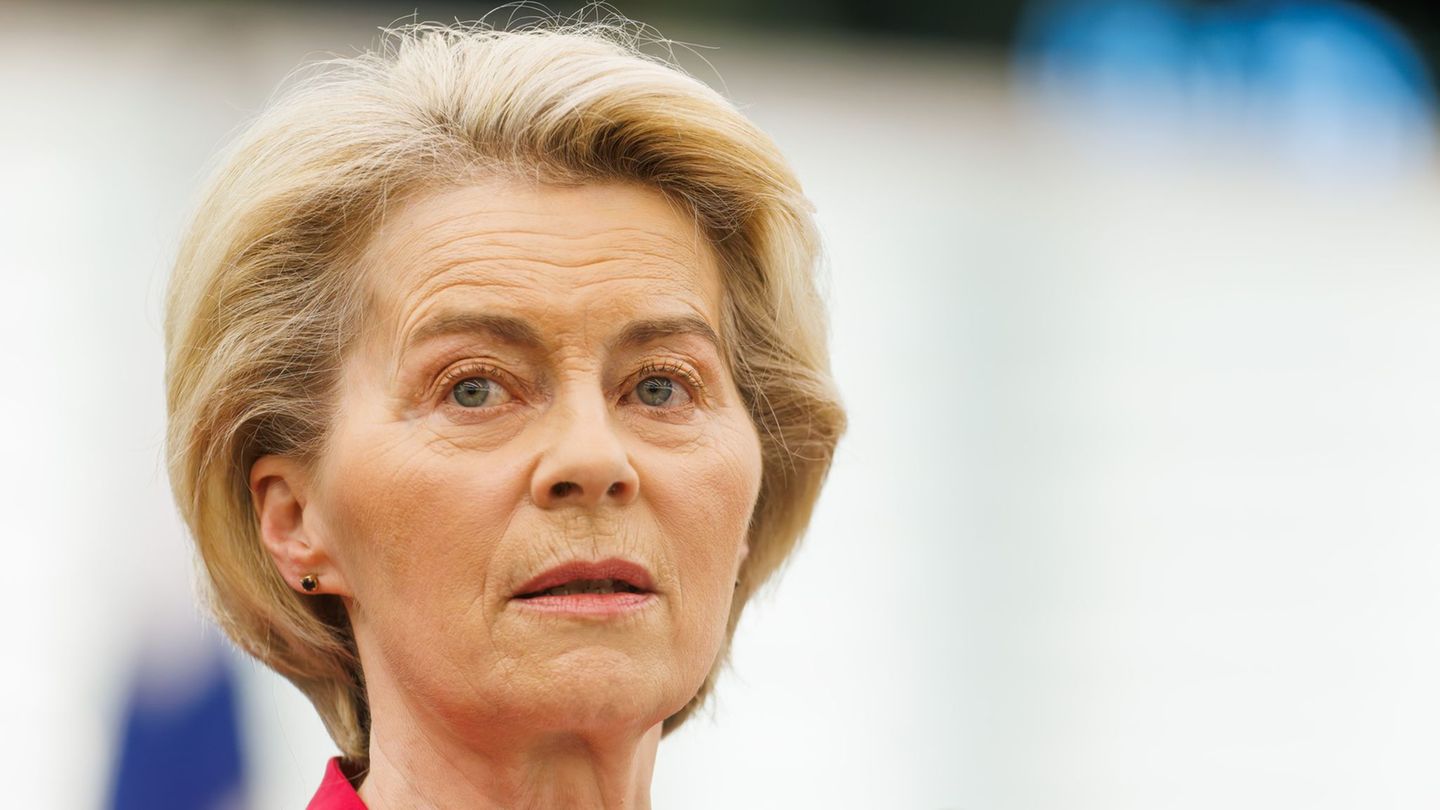He Central Bank has some US$15.5 billion liquid in case, eventually, it had to come out to defend the exchange rate parity. It is about the highest level in the last two years, according to private estimates, although international reserves still net remain in negative territory.
This is indicated in a report from the stockbroking company Personal Investment Portfolio (PPI), in which it is pointed out that to maintain the Expanded Monetary Base in $47.7 billion, the BCRA sells dollars to the Treasury.
“Considering the BCRA’s capacity to intervene both in the Single and Free Exchange Market and in financial dollars, the BCRA’s liquid reserves closed November at US$13,237 million and “They are at an estimated US$15,504 million, the highest since December 2022,” estimate the report.
It should be remembered that the “liquid reserves” They are made up of dollars in cash and any asset that can be easily sold in the markets. It’s like the box that the Central Bank has on hand in case I had to go out to put out a bullfight.
An example of what this could mean is that of the Central Bank of Brazil, which in recent weeks had to “burn” some US$11 billion to defend the parity of the real.
Enough dollars to pay interest on Bonares and Globales for January
“Between the December 16 and 19 (last known data) the Treasury bought US$1,930 million from the Central Bank. In this way, his deposits in foreign currency in the monetary authority rose to $5,698 million,” notes PPI.
According to what the ALyC, this is “an amount more than enough to cover the US$478 million remaining interest payments from Bonares and Globales for January”, of which “US$1,050 million were already sent to the Bank of New York on October 4, and the principal of US$2,818 million.” “Consequently, post-payment the Treasury will have about US$2.4 billion left, as long as the net balance with other multilateral organizations is not negative in the interim,” explains PPI.
The report adds that, “In addition to showing a willingness to pay creditors, the ‘monetary’ explanation would be that the BCRA would want to maintain the Broad Monetary Base (sum of Monetary Base, LEFIs in the hands of banks and Treasury deposits in the BCRA in pesos) below the limit of $47.7 billion”. The brokerage company estimates that “the way to achieve this is by bailing out the Treasury’s peso deposits in the BCRA (to convert them to dollars).” With the latest operations, the BMA stands at $46.67 billion.
What happens to net reserves
The BCRA’s net reserves can be defined as the amount of dollars left if 12-month liabilities are excluded. That is, if The dollars that must be returned in less than a year are subtracted.
From the latest operations, PPI estimates that “net reserves, which take Treasury deposits in the BCRA as liabilities, closed November at -US$9,601 million, and were at -US$10,364 million as of December 19.”
“It is worth noting that a large part of the explanation for the net earnings to remain negative is that Treasury dollar deposits of US$5,698 million are deducted,” the work adds. That is to say, Technically, the study considers that the money of the national government in the Central Government has a short return period. But if there was a run, the Treasury would surely renew its deposits. PPI specifies that “If, on the contrary, this deduction is not made (Treasury deposits), net reserves closed November at -US$6,041 million and reach an estimated -US$4,666 million as of December 19.”
Source: Ambito
I am Pierce Boyd, a driven and ambitious professional working in the news industry. I have been writing for 24 Hours Worlds for over five years, specializing in sports section coverage. During my tenure at the publication, I have built an impressive portfolio of articles that has earned me a reputation as an experienced journalist and content creator.




